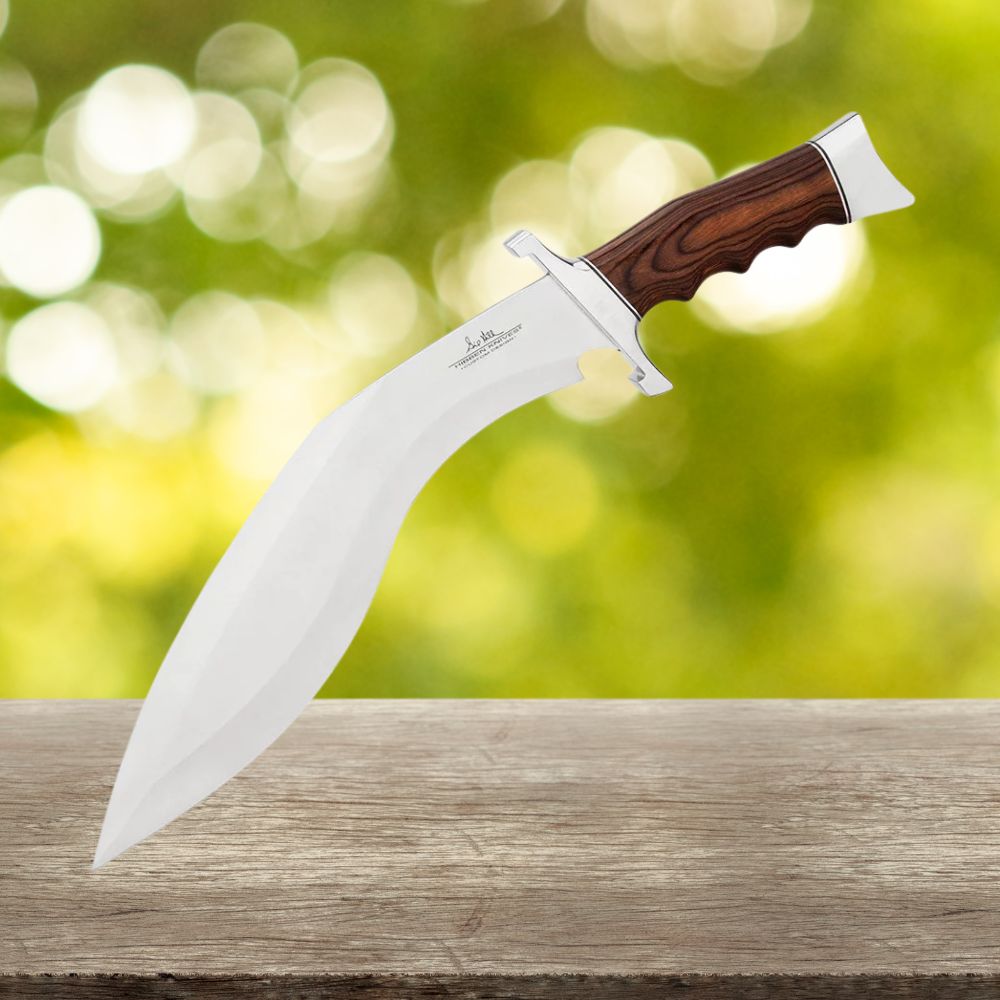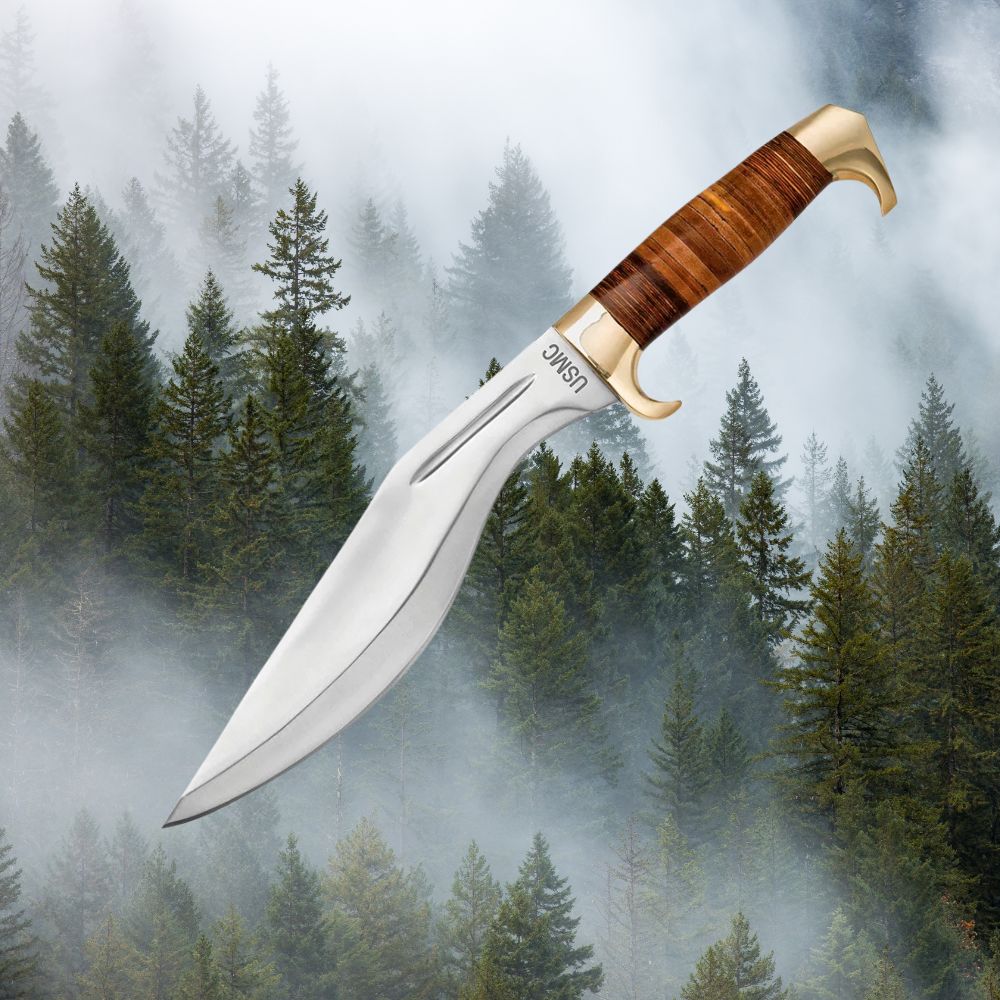What is a Kukri Knife?
The Kukri knife, also known as khukuri, is a traditional tool and weapon originating from Nepal. This distinctive knife is especially recognized for its association with the Gurkha warriors and has been deeply integrated into Nepali culture and traditions. Its shape and design have made it an object of admiration and respect over the years.
Origin and Historical Context
The history of the Kukri knife is fascinating and somewhat controversial. It is believed that its design may derive from an ancient Hindu sword called nistrimsa (निस्त्रिंश), with influences from the Greek kopis brought by Alexander the Great. The Kukri has played an active role in historical conflicts, such as the Anglo-Nepalese War and participation in World War I and World War II, cementing its status as a symbol of bravery and resilience.
Essential Features of the Kukri
One of the most notable features of the Kukri knife is its curved and heavy blade:
- The blade usually measures between 40 and 45 cm.
- The weight varies from 450 to 900 grams, providing a balance that facilitates handling.
- Its design is meant for deep and efficient cuts.

The Design and Construction Process
The traditional Kukri is crafted with high-quality materials. The handle, generally made of hard wood or horn, is designed to provide a comfortable and secure grip. A natural adhesive called "laja," incorporating plant resins and beeswax, is used to join the handle to the blade. Additionally, it features a crescent-shaped notch, known as "cho" or "kauri," which holds important symbolic significance.
Use and Versatility
This knife has multiple applications:
- In combat, its curved design allows for powerful and precise cuts.
- In survival situations, it is useful for tasks such as cutting, chopping, skinning animals, and also in carpentry or construction work.

Cultural and Social Significance
The Kukri is not only a functional tool, but it also holds deep cultural significance in Nepal. It is considered an essential item in households, used as a means of protection and as an object of great historical and emotional value. Additionally, collectors especially value ancient specimens, appreciating their craftsmanship and the legacy of Nepali culture.
| Features | Specifications |
| Blade length | 40-45 cm |
| Weight | 450-900 grams |
| Handle material | Hard wood or horn |
| Adhesive | Laja (plant resins and beeswax) |
| Cultural presence | Symbolic and protective element |
















